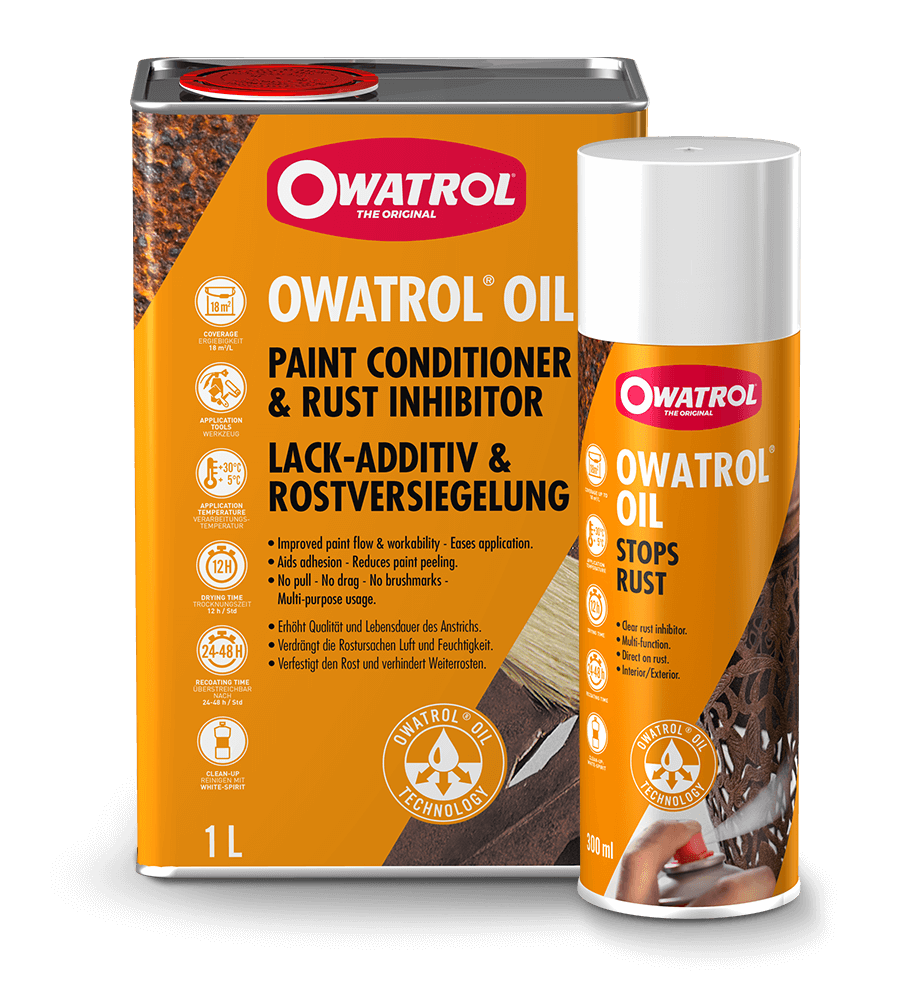Painting an old internal door. Part old paint, part sanded to bare wood.
Oil primer, oil undercoat, Sikkens AZ oil topcoat, all of which I've used before.
After sanding, I used a tack rag before painting. Sanded between coats as well of course, and tack rag again.
The rags, kept in their sealed bags, are about 8 years old.
Each coat has been very slow to dry. The primer took over 24 hours, longer where the wood was bare. The undercoat near 24 hours, yesterday's first topcoat is still slightly tacky after 22 hours. The room is around 66F.
Was wondering whether there might be some chemical change in the tack rags, leaving a deposit that inhibits drying.
Anyone had this problem?
Oil primer, oil undercoat, Sikkens AZ oil topcoat, all of which I've used before.
After sanding, I used a tack rag before painting. Sanded between coats as well of course, and tack rag again.
The rags, kept in their sealed bags, are about 8 years old.
Each coat has been very slow to dry. The primer took over 24 hours, longer where the wood was bare. The undercoat near 24 hours, yesterday's first topcoat is still slightly tacky after 22 hours. The room is around 66F.
Was wondering whether there might be some chemical change in the tack rags, leaving a deposit that inhibits drying.
Anyone had this problem?



